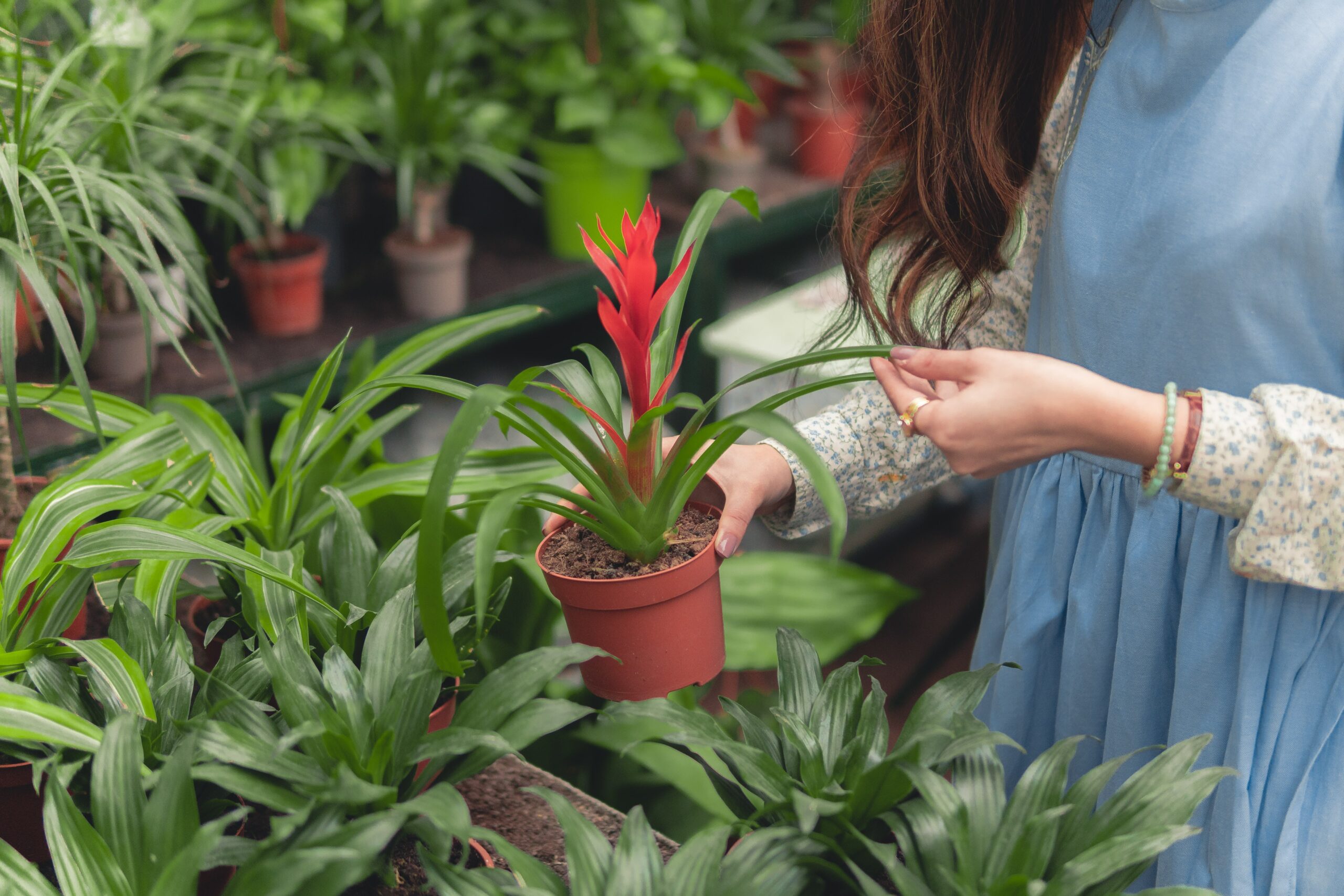
In the picturesque English countryside, it’s easy to forget the UK is home to some highly toxic plants. However, the RHS estimates there are more than 130 poisonous plant varieties growing in UK gardens.
Even experienced gardeners can mistakenly brush against something they shouldn’t with fatal consequences, so it’s important to identify hazardous flowers and remove them swiftly.
The flower experts at abcFlora reveal the deadliest flowers you’re likely to find in your garden and how you can safely remove them.
Monkshood
Also known as aconite or wolfsbane, monkshood is a common plant often found in English gardens. With striking violet flowers, it’s easy to forget this beauty is incredibly poisonous.
The plant even made headline news in a murder case when a woman laced her ex-lover’s curry with monkshood seeds, poisoning both him and his new fiancé.
Take extra care when removing monkshood as the flower is even dangerous to touch, especially in the roots. Dig out the whole plant with a fork, wearing thick gardeners’ gloves and thoroughly washing your hands after handling. Alternatively, you may prefer to call an experienced gardener to remove it for you.
Poison hemlock
Often mistaken for the harmless cow parsley, poison hemlock is a dangerous, invasive plant species that can be fatal if even small amounts are ingested, triggering lung paralysis and even burning the skin if touched.
To avoid mistaking cow parsley for poison hemlock, look to the leaves and stalk. Poison hemlock leaves are more feathered in appearance with a waxier texture, while the stalk will have distinctive purple splotches.
There is no known antidote to hemlock poisoning, so it’s vital to remove these unfriendly plants in a safe and efficient manner.
Uproot the plant using a fork or spade, always taking care to wear protective clothing, including gloves and even your COVID mask, and immediately bag the debris.
Foxglove
The majestic foxglove is a common plant found in gardens, woodlands and roadside verges.
Their height, bright colours, and unusual bell-shaped flowers make them the ideal focal point for any garden. Gardens can also benefit from their ability to attract wildlife.
Although beautiful to look at, all parts of the plant are poisonous. Touching the leaves can cause skin irritations while ingesting any part of the plant can cause diarrhoea, nausea, and in extreme cases can result in heart and kidney failure.
If inquisitive pets and children are present, remove these plants from your garden or keep them out of reach.
Before you begin to remove foxglove, you should wear gardeners’ gloves and long sleeves to prevent your skin from coming into contact. Cut the stalks down to surface level, taking care to not shake out any seeds. Bag this separately from your compost pile and dig out all roots.
Lily of the Valley
With its small white bell-shaped flowers and sweet fragrant scent, Lily of the Valley initially seems an attractive flower to add to your garden. It was even used in Kate Middleton’s wedding bouquet.
However, it’s completely toxic when eaten and can cause nausea, vomiting and an irregular heartbeat that could prove fatal.
Since the plant can quickly spread thanks to its ability to cover ground easily, you’ll need to smother the roots of the plant in addition to digging it up. You can do this by laying down landscaping fabric, tarp or even cardboard over the growth.
Angel’s Trumpet
Angel’s Trumpet, or Devil’s Breath, is another plant that may appear innocent, but there’s nothing angelic about this flower.
Named after its distinctive trumpet-like shape, this plant can cause powerful hallucinations, paralysis and even death thanks to the toxic alkaloids it contains.
Most recently, a TikToker accidentally drugged herself by simply sniffing the flower, not realising Angel’s Trumpet is a source of the potentially deadly narcotic scopolamine.
Usually, Angel’s Trumpets are potted, so you won’t need to do any digging to remove the container plant.
Always wear gloves around Angel’s Trumpet and wash your hands, taking care not to rub the plant’s poisonous residue in your eyes.








